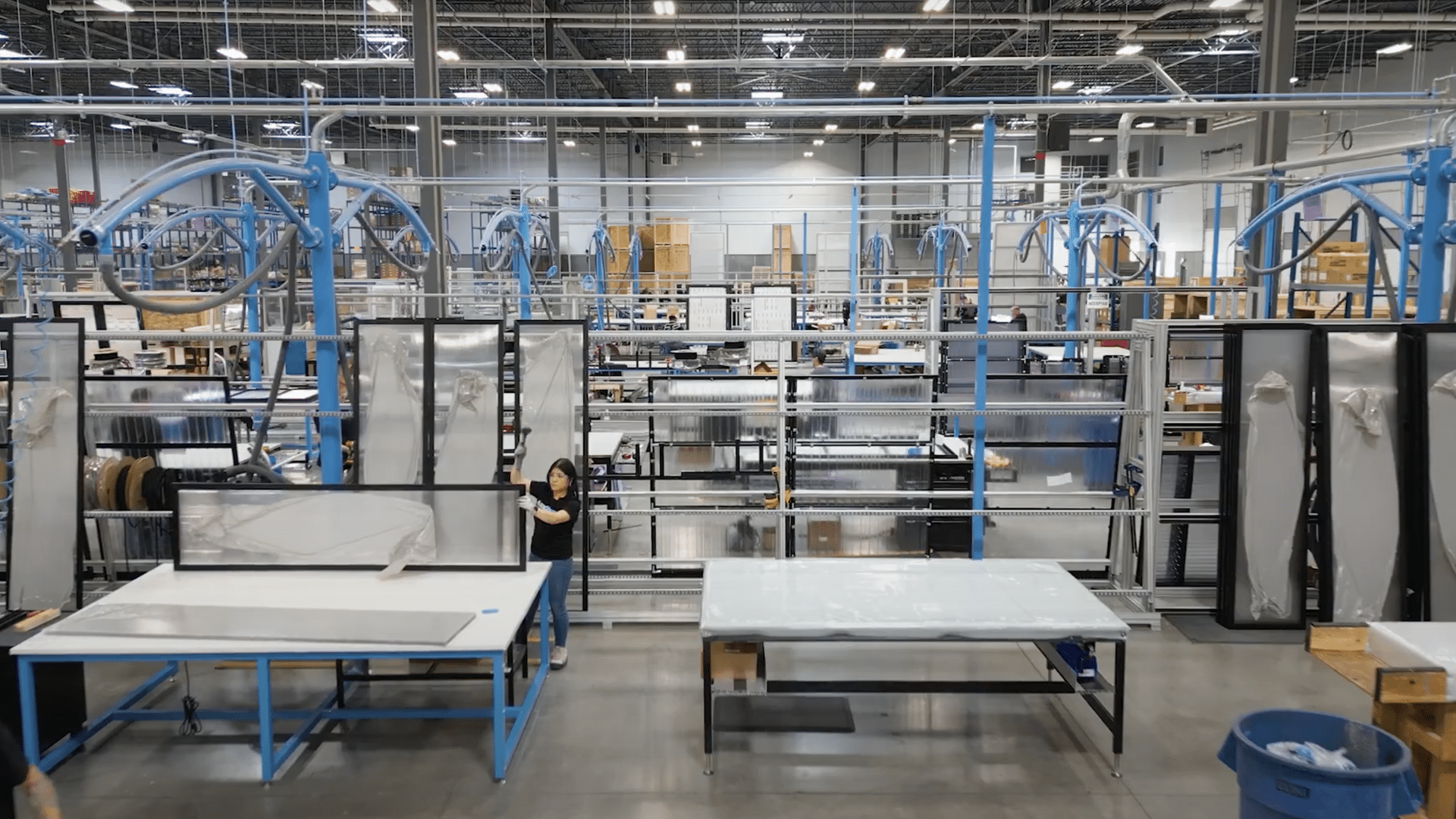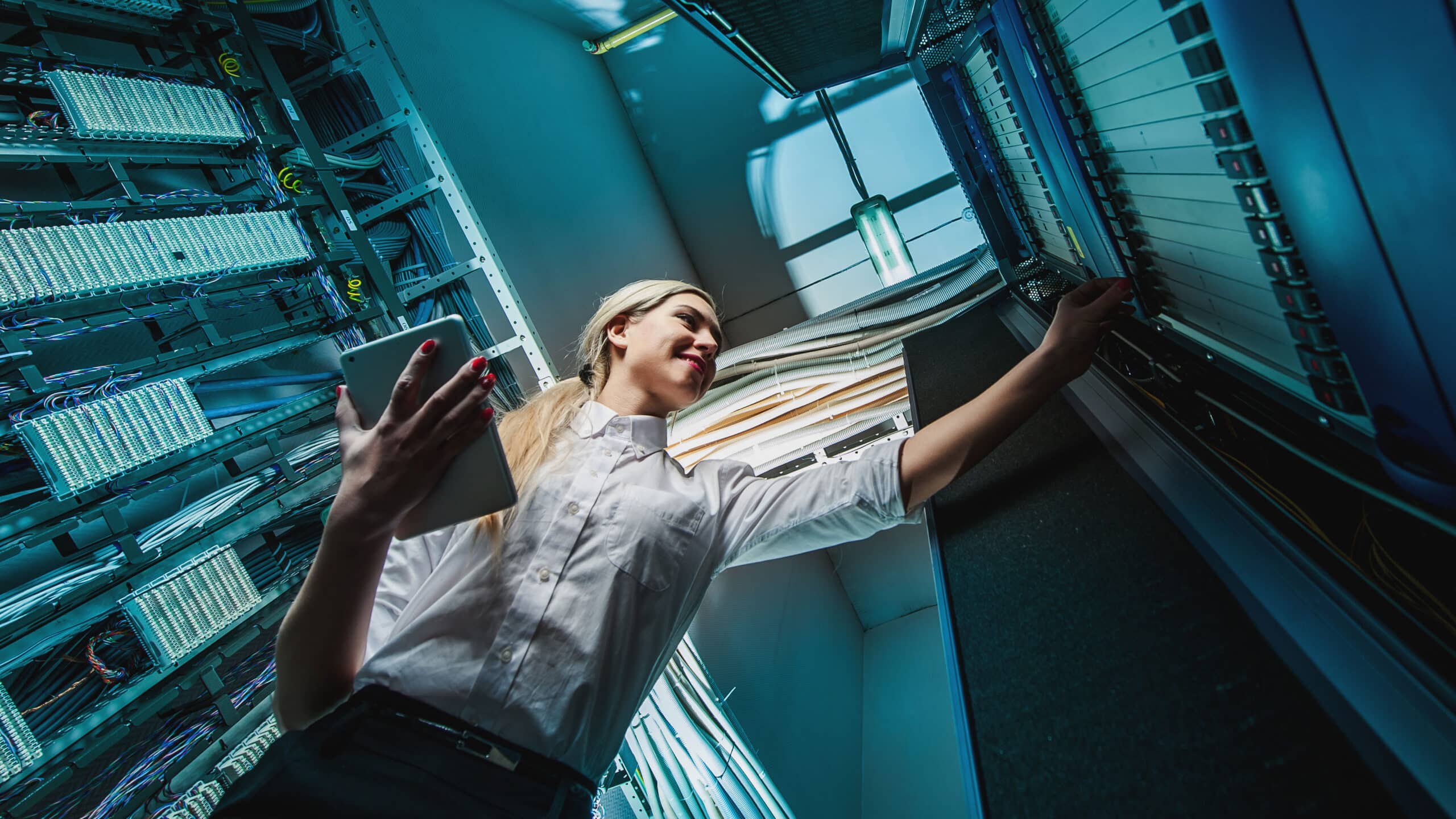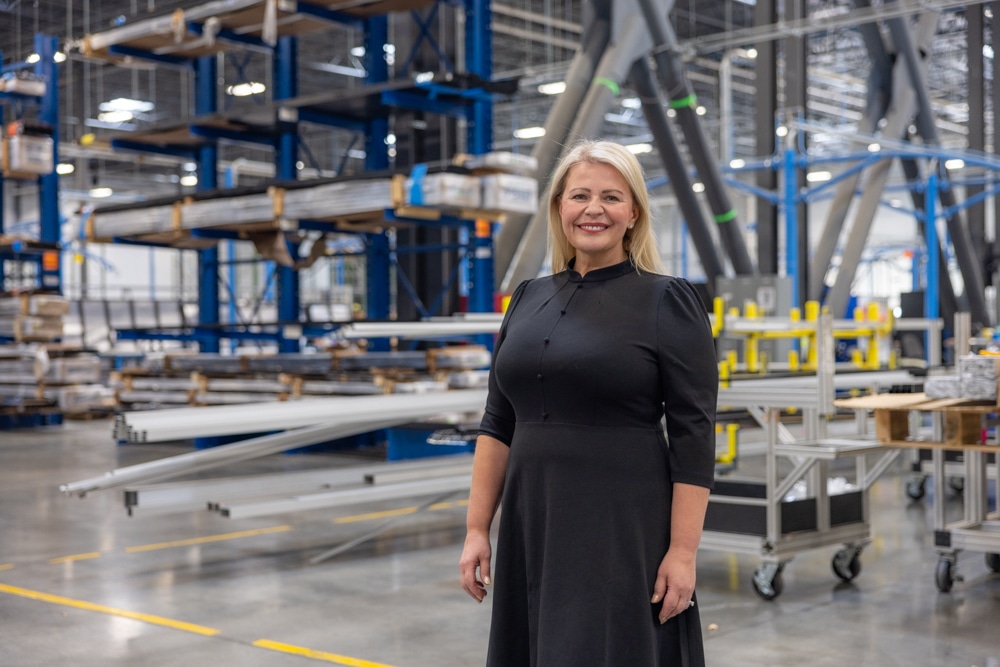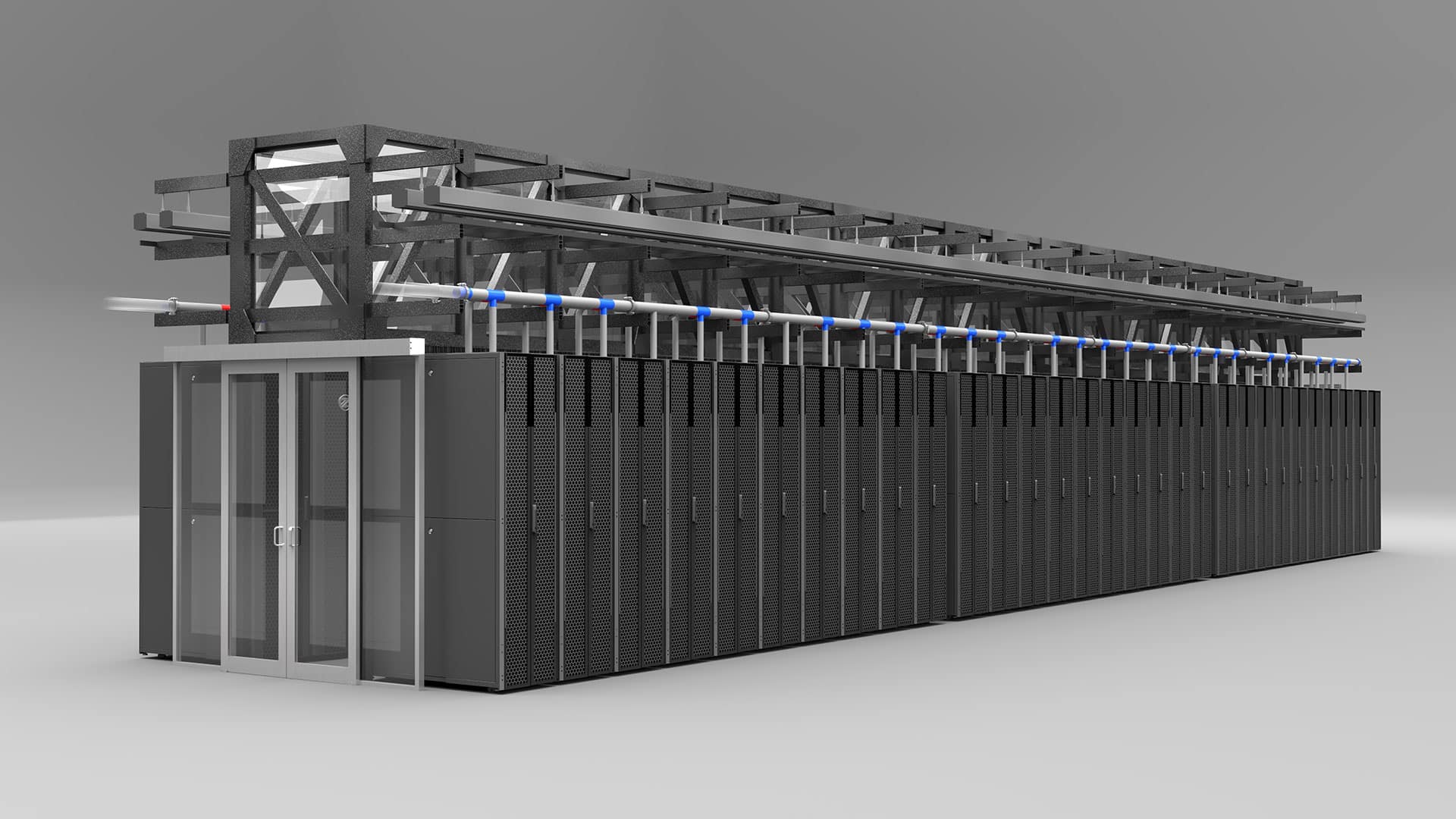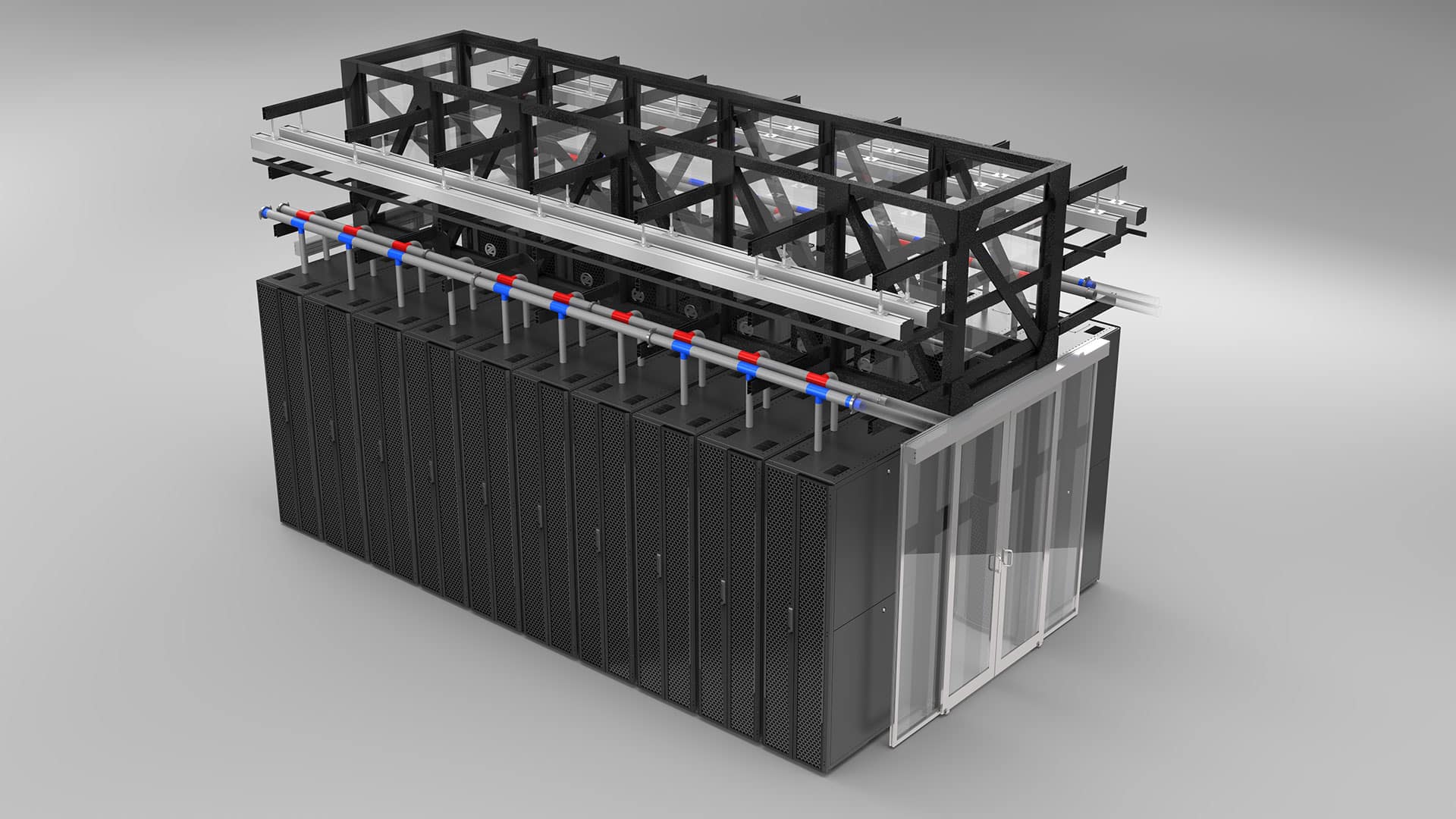By Shane Kilfoil, President
ARTICLE OVERVIEW
In this insightful Authority Magazine interview, Shane Kilfoil, President of Subzero Engineering, shares his journey from electrical engineering to general management and the key leadership principles that have driven his success. With a diverse background spanning multiple countries and roles in field service, engineering, sales, and product management, Kilfoil discusses how he’s helped transform Subzero Engineering from a niche containment player into a dynamic, customer-focused organization over the past three years. He reveals his five-step approach to driving product growth, emphasizing the importance of core business alignment, resource allocation, and unwavering commitment. Kilfoil also highlights the value of building diverse teams, maintaining strategic focus despite distractions, and creating an environment where it’s acceptable to halt failing projects—insights gained through experience and the guidance of influential mentors throughout his career.
Before diving in, our readers would love to learn more about you.
Can you tell us a little about yourself?
My name is Shane Kilfoil. I was born, raised, and educated in South Africa, and I take great pride in my heritage. Throughout my career, I’ve had the privilege of working in various countries around the world. I’ve lived in the UK for several years, worked in the US, and returned to South Africa as an expat for an assignment. My work experience is extensive and diverse, encompassing roles in field service, engineering, sales, product marketing, product management, and general management, which is my current focus.
What led you to this specific career path?
I studied electrical engineering but quickly realized it wasn’t my forte, so I transitioned to the commercial side. I was fortunate to have mentors who were far more knowledgeable than I was at the time, and they helped guide me down a different career path. Over the years, I discovered my passion for general management. I began to focus more on this area and seized opportunities that guided me down this path. That’s how I arrived at where I am today — initially being guided by others and gradually becoming more decisive as I identified my passion for leading teams and companies.
Can you share the most exciting story that’s happened to you since you began at the company?
The most exciting aspect for me has been witnessing the company’s transformation over the past 36 months. We’ve evolved from a niche player in containment to a team capable of supporting our customers’ needs in a fast-paced and ever-changing data center environment. This transformation has allowed the organization to blossom and grow. Our team now tackles opportunities head-on, driving and fulfilling custom products while still meeting our core business needs. I don’t think we could have achieved this 36 months ago. Seeing the organization’s development is incredibly exciting for me.
You’re a successful leader. What are three traits about yourself that you feel helped fueled your success?
- I firmly believe in building a robust and diverse team. A group of experts who collaborate effectively is far more powerful than relying on a single person. At Subzero Engineering, our rapid growth is driven by a strong leadership team that promotes our shared values. My role is to remove any barriers they face. Having a team of skilled individuals not only enhances our company’s success but also improves our perceived capabilities from our customers.
- In my position it is important to see the big picture and help the organization translate that vision into actionable tactics. All too often teams embark on a project that is not aligned with their company’s goals. In these instances, you must evaluate the project, see if it can add significant value or halt it. Companies have finite resources and unfortunately you cannot take them all on. It is my job to help the team understand which project helps us meet our corporate goals and which do not. When changing a project’s direction or ending it, I ensure that teams understand the reasoning behind the decision. Understanding why a decision is made makes it easier to accept decisions, even if we don’t always agree.
- I am passionate about the businesses I work in and the customers we serve. However, I know this energy needs to be tempered at times. Not everyone is motivated the same way, and I need to ensure that I don’t overwhelm the teams with my ideas. However, during tough times, passion and energy can help pull a team together and motivate individuals to get them through the rough patch.
Do you have any mentors or experiences that particularly influenced you?
Mentors come in many different forms. I like to think that my team mentors me daily, helping me become a more successful leader. Throughout my career, several influential people have guided me at various stages, each of them fundamentally shaping who I am today.
I was once told that if you can trust your team and allow them to guide your leadership style, their open and honest feedback can make you a better leader. I’ve tried to live by this advice for the past decade. It can be humbling because you might think you’re doing well, only to learn from your team that you’re not performing as well as you thought. However, if open dialogue and feedback are maintained and you’re willing to act on it, you can improve. This has been a significant learning curve, one that my mentors have strongly encouraged me to embrace.
Organization questions:
What have been the most effective tactics your organization has used to accelerate product growth?
Our organization has been evolving. For many years, we were known as innovators, but over a three-to-five-year period, we stagnated. It wasn’t that we didn’t want to innovate; we were just so focused on day-to-day operations and executing incoming business that innovation took a back seat.
In the past two years, we’ve addressed this. It wasn’t a specific tactic but rather a recognition that we needed to do more to stay relevant. We identified key individuals and created teams around them that are dedicated solely to innovation. Some focus on driving innovation with specific customers, while others concentrate on the broader business. These teams wake up every day thinking about innovation, allowing them to avoid distractions from daily operations. This dedicated focus has significantly accelerated our innovation mentality and processes within the organization.
What do you see as the biggest challenge with respect to scaling a product led business?
Not believing in your business plan or strategy and being distracted by the “new shiny object”! At the start of the year, businesses set a budget and strategy, but it’s easy to get distracted by new opportunities that occur during the year. While these opportunities should be considered, deviating from the original business plan to pursue a different direction can severely impact annual performance if not correctly thought through. It’s crucial to balance seizing new opportunities with staying focused on the end goal.
What, in your view is a good litmus test to screen for a skilled and effective growth manager. What do you look for?
Initially, it’s important to look for someone with a track record of developing and bringing similar products to market. Throughout my career, I’ve hired people with different skill sets to drive growth, depending on the business’s maturity cycle and the type of development or growth needed.
However, it’s also crucial to ensure that whoever you’re hiring can fit within your company culture, regardless of their experience. If someone looks great on paper but doesn’t fit within that culture, there can be a clash. A highly successful person can become combative or unsuccessful if they don’t align with the culture. So, you must ask yourself: despite their technical capabilities, does the hire have the right personality to fit within the organization?
Of course, you might need someone to proactively change the company culture, and that’s a different hire. However, if you have a business that is trying to accelerate and you believe you’re doing all the right things elsewhere, then fitting within that culture is vitally important.
Can you describe a product growth tactic you will your team has used that’s been more effective than you have anticipated. In that case, what was the goal? How did you execute it, and what was the outcome?
The most effective product growth strategies often come from listening to customers and solving a problem that they have. If one customer has a problem that you can solve, you might be able to solve other customers problems.
One transformative opportunity came from a customer who reached out through our website, asking if we could develop a solution for them. At the time, this request wasn’t our focus, and although they were a large customer, we might have ordinarily walked away. However, the timing worked out as we were looking to reboot our product development cycle. The customer was passionate and helped us understand the potential benefits, not just for us but for the wider industry. We took a risk and spent a year developing a product solution without any promise of a purchase order. Now, 24 months later, this has led to significant transformation in a sector of our business that we had not anticipated participating in.
Customers can provide the most beneficial ideas because they have challenges that need resolution. As an organization, we have refocused our efforts on having a mindful approach to solve customer issues in a proactive way. We believe that this is what sets us apart from our competitors.
Based on your general experience, what are your and in terms of this whole interview, your five best ways to drive product growth
- Is it core to the business?
The starting point is always, is this core to our business? Is it a natural adjacency? Does it add to something that we’ve already got that strengthens our existing base business? - Payback.
If it is core to our business, do we do it? Is the payback worth the investment, depending on what that investment is? Do we have the resources that can support that investment? - Resources.
If the idea is good, do you have the resources? - Finding resources.
If resources are lacking, how hard would it be to get those resources. Can they be hired? Can they be bought? Can those resources be acquired to aid the success of the project? - Commitment.
Once the resources required have been identified, are we truly committed? While we’re not a small organization, we’re not a large one either and there is only so much we can do at any given time. This is probably the most important step because if we are committed, then all the other preceding things are worth it. If we’re not, but still start the project, it has a high likelihood of failing.
What is the number one mistake that you see product marketers make that may actually be hurting their growth outcomes?
Not enough people halt failing projects. In any engineering team or project management team, once you start a project, it feels like your child – you feel personally connected and responsible for it. However, sometimes during development you realize the project isn’t going to meet the customer or project requirements. Teams are typically reluctant to kill a project at this stage, especially when significant financial and emotional investment has already been committed.
Companies need to create an environment where it’s okay to be wrong. Things change, and as a result, the solution or initiative may no longer be relevant or won’t provide the expected return. It’s not necessarily a failure on the project team; you just don’t always get it right.
This is one of the biggest lessons I’ve learned and one of the main struggles I’ve seen product marketing teams face. We need to regularly ask ourselves if the projects being worked on are still relevant. If not, then we need to be ok in reallocating resources to other more important or strategic projects that help the company realize their vision. Having a robust process that helps this ensures that you are always maximizing your company’s resources.



